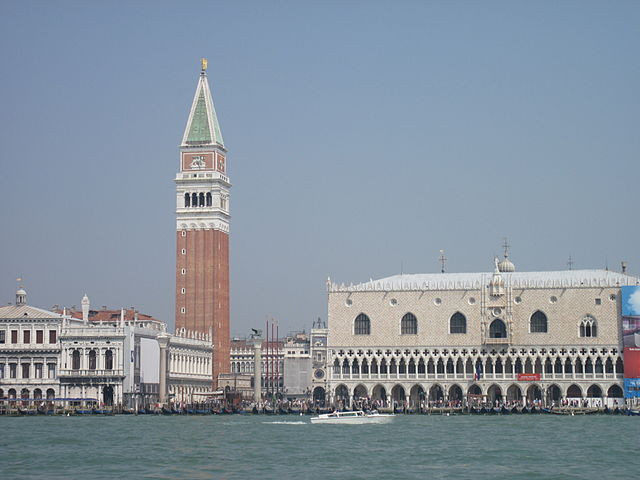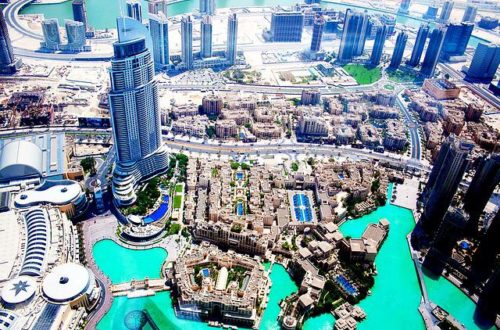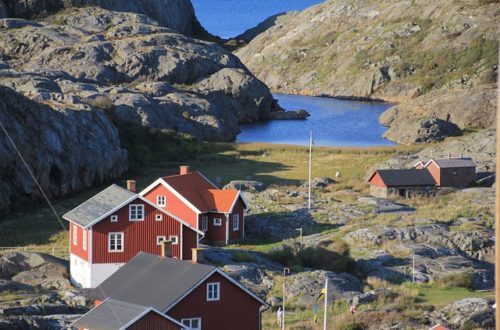The Chemical Composition of Venetian Water
 Piazza San Marco. Doge’s Palace
Piazza San Marco. Doge’s Palace
Venice, Italy has become world-renowned for its splendor and inimitability. Having been called the “city of love”, Venice’s characteristic waterways divide the city into about 118 different islands. These waterways, or canals, serve as a means of traveling throughout the city. Over 150 canals run through the city, and it is these canals that capture the attention of thousands of tourists every year. However, the water in Venice is not clean water; in fact, many tourists are surprised to find that, on their romantic boat ride through the city, acrid smells from the water fill the air.
Water Based Geography
Venice is located in the northern part of Italy, just a few kilometers away from the Adriatic Sea. It is in the middle of the marshes known as the Venetian Lagoon. The soft terrain of the marsh causes the city to continuously “sink” deeper into the marshy soil. The canals are not man-made, but they are believed to be the remnants of an ancient river. Many rivers naturally flow into the lagoon, but in order to stop flooding some of these rivers have been redirected to flow elsewhere. Current and historical contributing rivers include the Muson, the Piave, the Adige, the Zero, the Brenta, the Sile, the Marzenego, the Bacchilione, and the Po.
The Grand Canal is the largest canal in Venice. Spanning three kilometers from east to west, this canal divides the city into northern and southern regions. Along the Grand Canal, beautiful displays of architecture line the water. Many of the buildings were erected more than 500 years ago, and they stand as a testament to the city’s rich history of artistic excellence.
Water Based History
Throughout history, different civilizations have made use of these fantastic waterways. Greece, Rome, and the late Byzantine Empire were all said to have used Venice as a city of commerce. The marshes served as a natural fortification against potential invaders from the northern Alps. Due to the city’s ability to quickly and reliably transport through the canals, Venice became a recognized import distributor. Ships could access its ports easily, and because of its geographic protection, it has historically been known as a trading region. However, because of its trade with North Africa, Venice suffered heavily from the Black Plague throughout the 14th Century.
Water Content
The water in the canals is a meeting place between the many rivers flowing into the lagoon and the Adriatic Sea. When this salt water from the sea meets with the fresh water from the river, it creates a semi-salt water known as brackish water. Marsh waters do not flow substantially, and so the water is poorly oxygenated. When the sea level goes up, the entire city of Venice is flooded. These floods can occur many times in a single year. When the waters rise and fall, they bring back contaminants and debris with them. The water in Venice is very dirty, contaminated, and has an odor. The water has proved to cause severe erosion and destruction of the older buildings in Venice. The water, without having oxygen and being salty, promotes the decay of wood, brick, and even stone.
Would you like to receive similar articles by email?




